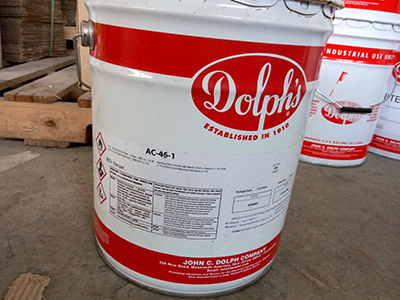Hello! Welcome to our website

20 years focused on R&D and production of chemical materials
24-hour service hotline:

0755-29647019
To provide customers with quality products and perfect service

current location:

Home > English > News > company news > Application and Development Trend of Adhesives in Photovolta
News
Application and Development Trend of Adhesives in Photovolta
With the rapid development of the optoelectronics industry, the demand for adhesives in this field continues to increase. The adhesive can temporarily fix the photoelectric element of different sizes on the fixture to facilitate processing.
With the rapid development of the optoelectronics industry, the demand for adhesives in this field continues to increase. The adhesive can temporarily fix the photoelectric element of different sizes on the fixture to facilitate processing. This process is referred to as the upper plate in the optical industry, and the corresponding finished component is removed from the fixture as the lower plate. Optoelectronic components are mostly non-magnetic materials such as glass, crystals, and optical plastics. It is impossible to use electromagnetic absorption methods for processing on the disk. In terms of theory, vacuum adsorption is the best way to mount a photovoltaic element on a disk, but the vacuum adsorption device has a complex gas path and the photovoltaic element is face-shaped due to specific technical requirements (refer to surface morphology, such as radius of curvature, shape size, and roughness. Such as large changes, it is impossible for each face-shaped different products are custom-made special adsorption seals.
The glass and crystal are mostly brittle materials, and they are often used in the mechanical industry. The mechanical clamping and fixing methods are often used for the upper plate, which can easily cause the workpiece to break [1]. The optical plastic has good toughness. It is mechanically clamped and fixed on the plate, which is not easy to break the workpiece. However, due to the low strength of optical plastics, it can easily cause deformation of the workpiece and affect the final machining accuracy of the product. Although there is a problem that the glued-on-disc has problems such as dismantling the lower plate after the parts are finished, it is not easy to cause the photoelectric element to break and deform due to the surface contact when the upper plate is bonded, so the requirement for the equipment is relatively low and the operation is convenient. It is the best choice for the processing of optical components on the plate.
Optoelectronic components are generally ground and polished in an aqueous solution [2]. In order to meet design requirements, multiple faces must be processed separately. In the case of optical glass such as LaF (columbite) with poor chemical stability and crystal materials such as cesium fluoride, the finished surface is easily corroded during processing, so that the processing element cannot meet the design requirements, so the paste is generally used. Pressure-sensitive adhesive protective film or coating protective adhesive, protective coating, etc. Temporarily protect the finished surface [3-10].
1·Research progress in processing plastics for photoelectric elements
1.1 General technical requirements
contact us
address:深圳市龙华新区民治社区民治街道办利金城华侨新村公寓A栋25-28号
URL:WWW.SZ-ZYD.COM
phone:0755-29647019
mail:254432561@QQ.COM
code:518109
联系我们

Latest News
address:深圳市龙华新区民治社区民治街道办利金城华侨新村公寓A栋25-28号 URL:WWW.SZ-ZYD.COM
phone:0755-29647019 mail:254432561@QQ.COM
code:518109
contact us

WeChat


 备案/许可证编号为:粤ICP备18055125号 Copyright(c)2018深圳市兆煜达科技有限公司.All Rights Reserved.
备案/许可证编号为:粤ICP备18055125号 Copyright(c)2018深圳市兆煜达科技有限公司.All Rights Reserved.






